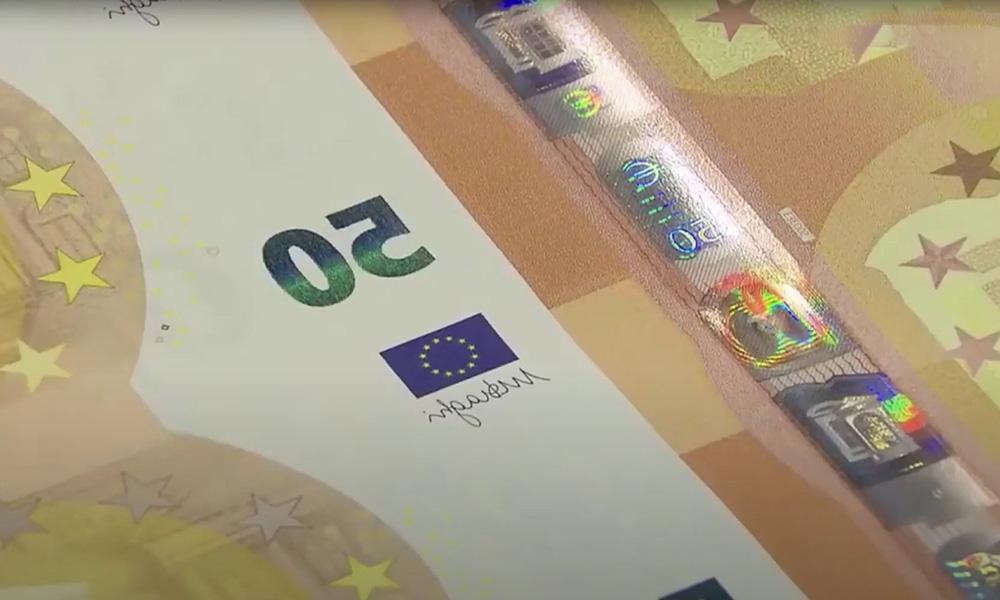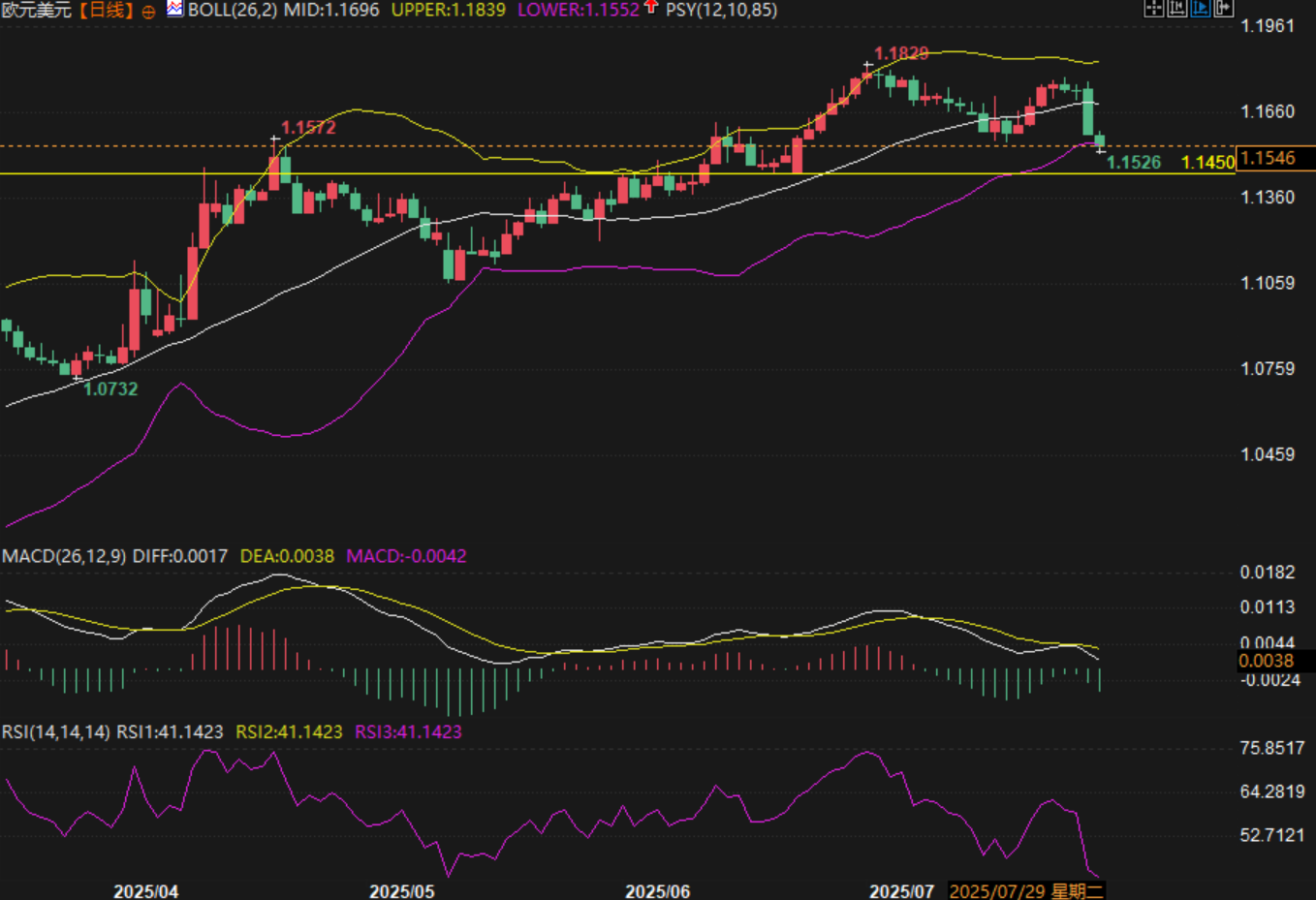EUR/USD breaks below key support, are bears taking over?
2025-07-29 16:49:39

The current decline in EUR/USD is not accidental, but is due to the combined pressure of three major macroeconomic drivers.
First, the EU-US trade agreement provided limited relief. While the 15% tariff agreement alleviated some uncertainty in the short term, the market quickly realized that this move did not fundamentally alter Europe's economic weakness. Continued capital outflows and subdued domestic demand in Europe limited the sustainability of the euro's rebound.
Second, the interest rate gap continues to weigh on the euro. The European Central Bank has maintained its benchmark interest rate at 2.15% and has given no clear indication of further hikes. Meanwhile, the market expects the Federal Reserve to maintain its rate at 4.50%, resulting in a significant 235 basis point interest rate differential. This significant interest rate advantage has made the US dollar a target for capital, putting the euro under pressure.
Third, US economic data continues to exceed expectations. Recent figures on initial jobless claims and durable goods orders demonstrate economic resilience. These strong data further reinforce the case for the Federal Reserve's tightening stance, spurring dollar buying and increasing downward pressure on the euro.
Overall, analysts believe that the fundamentals are still clearly biased towards the US dollar; unless there is an unexpected shift in the Fed's policy tone in the future, the euro is unlikely to see a substantial recovery in the short term.
Technical aspects:
Judging from the daily chart of EUR/USD, the recent trend has gradually shifted from the previous upward fluctuation to a clear downward trend.
After reaching a high of 1.1829, the pair retreated, falling below the middle Bollinger band and the 60-day moving average. It has now reached the lower Bollinger band (1.1552) and is approaching the key support level of 1.1526. Analysts believe that if this level falls, bears may see further declines to the 1.1450 area.

Bollinger Bands are showing signs of opening, indicating increasing volatility. The MACD histogram is further expanding, indicating increasing bearish momentum. A clear technical rebound signal may be difficult to see in the short term.
The Relative Strength Index (RSI) has fallen to around 41. Although it has not yet reached the extreme oversold zone, it has shown a continuous downward trend. If it falls below 40, the market may further intensify the selling pressure.
Based on the above analysis, we believe that the technical signals resonate with the fundamentals, and the exchange rate is still dominated by bearishness in the short term.
From a psychological perspective, the recent rapid reversal in EUR/USD's performance has significantly impacted bullish sentiment. Following a breakout above the 1.1780 liquidity zone, market expectations for continued upward movement were abruptly reversed, but the subsequent sharp decline suggests the breakout was a false breakout, putting bulls on the defensive.
Market consensus is rapidly shifting to the bears, with signs of panic selling beginning to emerge. Trading volume and volatility are both rising, with a clear flow of funds into US dollar assets. Market sentiment indicators suggest that fear is dominating in the short term, with a reverse influx of funds into safe-haven US dollar assets putting pressure on the euro.
Market Outlook: Short-term analysts believe that if the Federal Reserve sends a hawkish signal in this week's interest rate decision and non-farm payroll data continues to show strong performance, EUR/USD is likely to fall below the 1.15 support level and head towards the 1.1450 level. A break below this level will trigger more stop-loss orders, and the short target may extend to the 1.1360 area.
Medium-term outlook analysis suggests that if the Federal Reserve's policy gradually shifts to neutrality or if the US economic momentum shows signs of slowing, the EUR/USD pair may find opportunities to stabilize in the medium term and gradually recover from its decline. However, given the ECB's continued dovish monetary policy, any rebound may be constrained by the dense resistance in the 1.1660–1.1730 range.
Bullish analysis suggests that if the Federal Reserve releases dovish signals, coupled with weaker-than-expected US employment data, the euro could stage a technical rebound from its current lows. The first upside target is the middle Bollinger band at 1.1696. If it breaks through and stabilizes, it could potentially challenge the 1.1780 area.
The short-term continuation risk analysis believes that if the interest rate gap and the fundamental pattern do not improve, the downward trend of EUR/USD will most likely continue, and the market may enter a deeper adjustment cycle.
- Risk Warning and Disclaimer
- The market involves risk, and trading may not be suitable for all investors. This article is for reference only and does not constitute personal investment advice, nor does it take into account certain users’ specific investment objectives, financial situation, or other needs. Any investment decisions made based on this information are at your own risk.





















